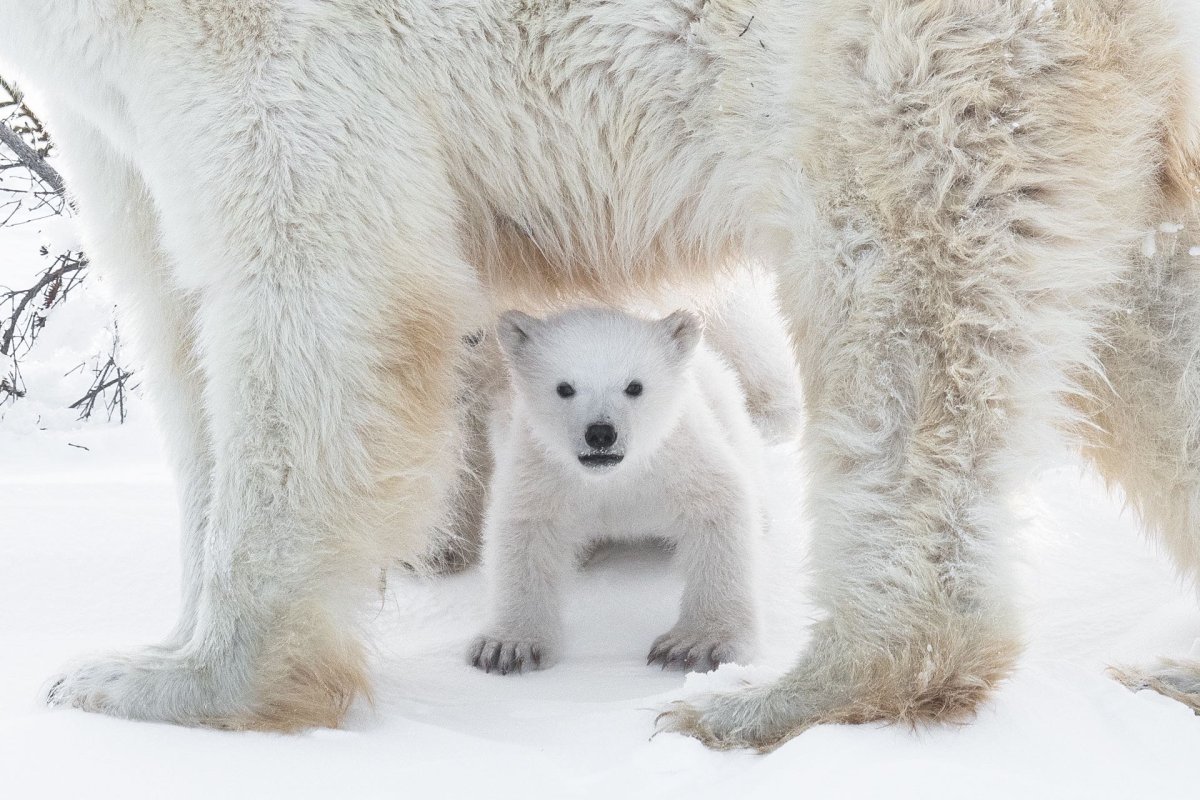The polar bear remains an almost mythical creature, with many of us having seen them only on screen or at the zoo.

In recent years, there has been confusion over whether polar bear numbers are increasing, or they’re on the brink of extinction.
“Confusion over polar bear numbers is justified, as some populations are increasing, while others are declining,” said Brandon Laforest, a senior specialist of Arctic species at WWF Canada.
http:/https://www.youtube.com/watch?v=Xbx6bqCjT0E
Polar bear populations cannot be viewed as one whole, as researchers have categorized them into 19 subpopulations, explained Laforest.
This makes it easier for research groups to track the bears and to see how environmental conditions in different regions are affecting these numbers.
“We are seeing a decline in numbers in populations located near Hudson Bay as sea ice completely melts in the summer, and these bears are dependent on sea ice for survival,” said Laforest.
Polar bears near Churchill, Man., are often going hungry or travelling north for a longer seal-hunting season.
However, subpopulations farther north are holding steady, with some even reporting an increase in numbers.
“With polar bear countries, including Canada, implementing harvest management regimes, we have reports that these populations are going up,” said Geoff York, a director at Polar Bears International.
- Donald Trump claims B.C.’s ‘very large faucet’ could help California’s water woes
- Canada must speed up progress to hit its 2030 emissions target: report
- U.S. TikTok ban case pits free speech vs. national security. Which will win?
- A final, tragic text from doomed Titan sub revealed at Coast Guard hearing
One key factor in polar bear survival is the presence of sea ice.
“We see a very strong correlation between sea ice loss and changes in polar bears’ abundance,” said York.

Get breaking National news
Researchers at Polar Bear International are reporting less dramatic ice loss at regions north of Hudson Bay, and this is contributing to these populations remaining stable, with some even increasing.
Due to the large area that the polar bear region covers, data accuracy can vary immensely.
York explained that in areas closer to civilization, like Hudson Bay, the data is immaculate, but for the area near coastal Russia, which is uninhabitable territory for humans, there is almost no data.

Polar bear counts are conducted in several ways, with several countries, activist groups and governments contributing resources, says York.
Several traditional methods still employed today are aerial surveys and mark-and-recapture, where researchers on the ground tag individual bears and see how many are recaptured over a period of time.
“A newer method that is used is genetic mark-and-capture — through hair samples or skin biopsy you can genetically identify individual bears,” said York.
This allows for more accurate data.
As for whether or not polar bears will go completely extinct, Laforest remains optimistic.
“I’m hopeful we will always have polar bears,” said Laforest.
While sea ice may completely melt in southern regions, WWF is working on an initiative to protect an area known as the Last Ice Area. This is a large northern area between Canada and Greenland where summer sea ice is expected to persist.
With an estimated 22,000 to 31,000 polar bears left around the world, the survival of these majestic creatures is critical.
“Polar bears are not going to be extinct in the next few years, as many people say,” said Laforest. “The current estimate is by 2050, there’ll be a one-third decline in the population.”
He says what needs to be remembered is the decisions that we make right now are very important, as we are making decisions about the climate for the rest of the century.
“With no polar ice, there will not be polar bears,” said Laforest.









Comments